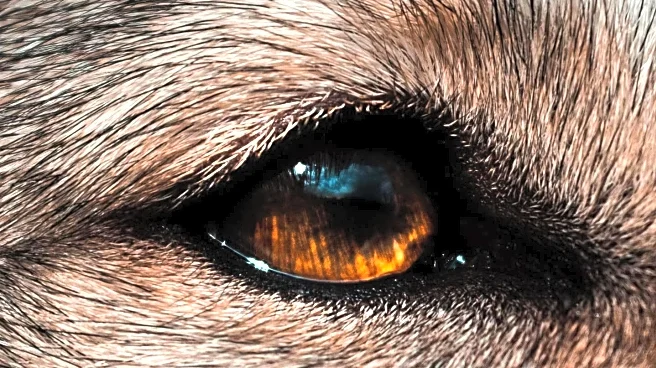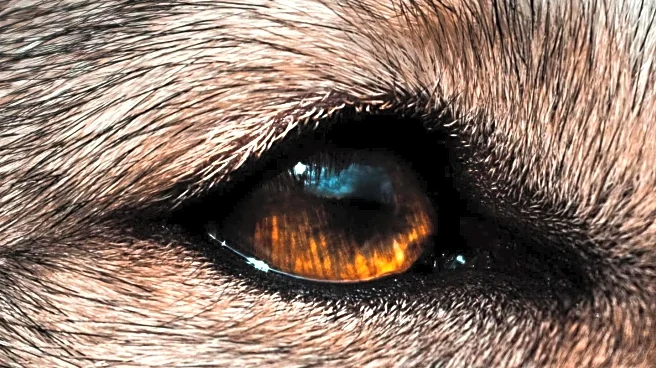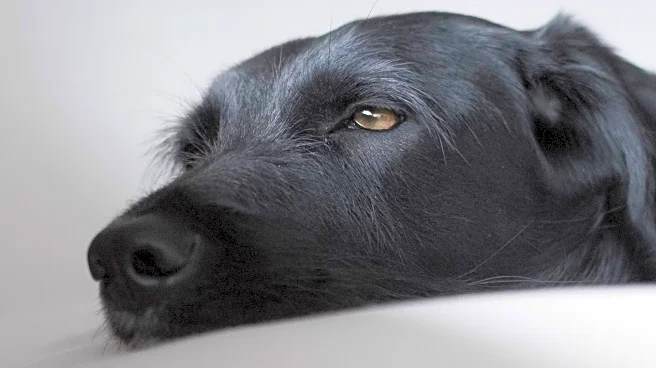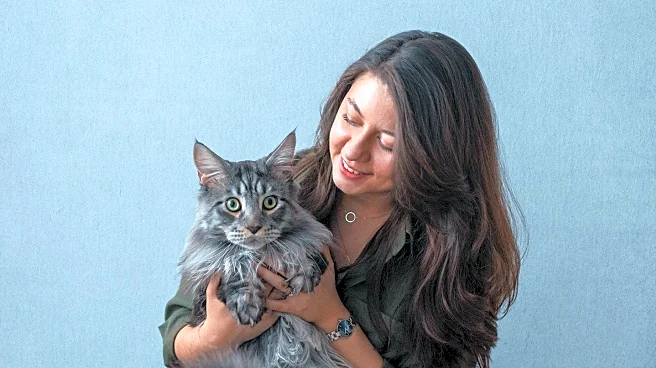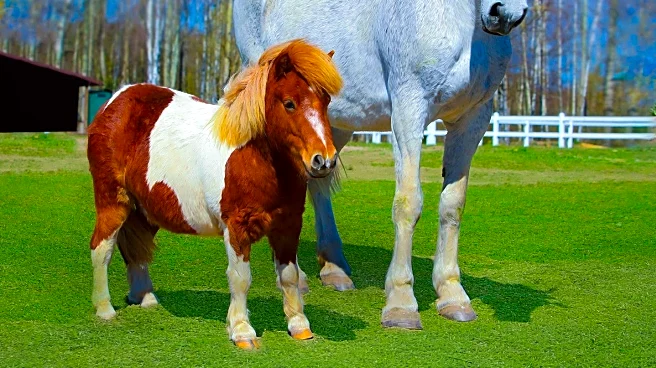What's Happening?
Optometrists are investigating the presence of short-sightedness in animals, such as cheetahs and dogs, using techniques like retinoscopy. This method allows for the determination of whether an eye is short-sighted,
long-sighted, or astigmatic without requiring input from the subject. The discussion includes anecdotes from pet owners who have observed signs of short-sightedness in their dogs, such as difficulty recognizing familiar people from a distance. The exploration of animal vision challenges the traditional reliance on human-centric methods like letter charts, which are used to determine the size of targets discernible by the eye.
Why It's Important?
Understanding short-sightedness in animals can have broader implications for veterinary care and animal welfare. By adapting human optometry techniques for animals, veterinarians can better diagnose and treat vision problems, potentially improving the quality of life for pets and wildlife. This research also opens up new avenues for scientific inquiry into animal sensory capabilities, which could lead to advancements in animal training and rehabilitation. Additionally, it highlights the importance of interdisciplinary approaches in solving complex biological questions.
